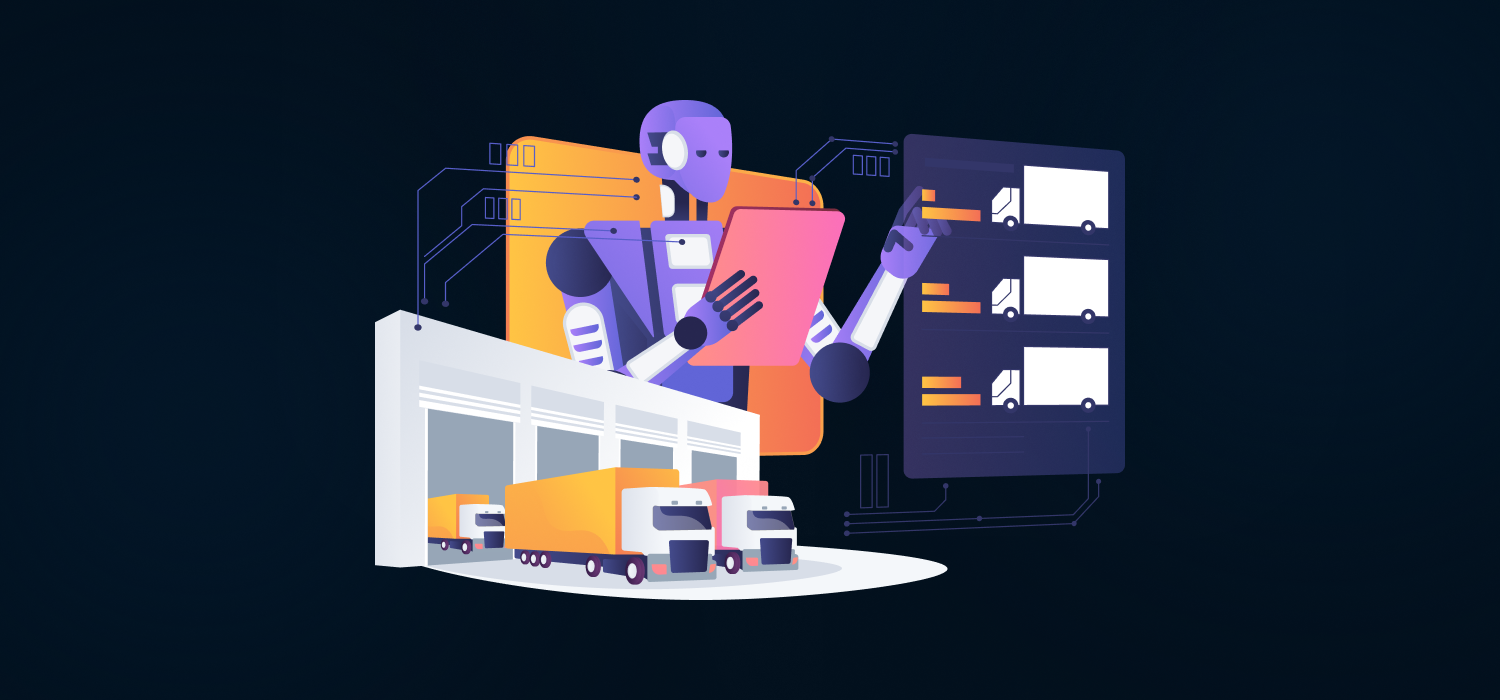Building Scalable RPA Workflows in Transportation
Building scalable RPA workflows in transportation means pinpointing repetitive tasks like shipment tracking or invoicing, picking tools that integrate well with existing systems, and creating modular bots that adapt as your business expands.
Have you considered how much time your team spends on manual data entry in shipment processing? In 2025, with global transportation demands surging, automation is key to staying ahead. Global RPA market sees 26.30% CAGR during 2025-2032 (Markets & Data, 2025).
RPA in Transportation helps handle routine jobs, freeing people for bigger decisions. This keeps operations smooth even as volumes rise.
What is RPA in Transportation?
RPA stands for Robotic Process Automation. It uses software bots to mimic human actions on computers. In transportation, these bots manage tasks like updating tracking info or processing orders.
They work across systems without big changes. Transportation automation solutions make this possible by linking bots to logistics software. This cuts errors and speeds things up.
How Does RPA Work in Logistics?
Robotic Process Automation (RPA) in logistics works by using software bots to complete tasks that would otherwise take a lot of human time. These bots are designed to follow fixed rules and steps, just like an employee would. RPA market in Europe grows at over 41% CAGR from 2025 to 2030 (Grand View Research).
For example, a bot can read shipment details from emails and enter them directly into a tracking system. It can also connect with warehouse management tools or carrier portals to update order statuses.
The process usually begins with mapping your current workflows. Once you know which tasks are repetitive and rule-based, bots can be built to handle them one step at a time. Over time, more processes can be automated to make daily operations smoother.
What Are the Benefits of RPA in Transportation and Logistics?
Using RPA in transportation and logistics brings both speed and accuracy to everyday work. Instead of spending hours on paperwork, teams can focus more on customer service and problem-solving. Global cognitive supply chain market reaches $21,352.2 million by 2030, with 17.6% CAGR from 2025 (Grand View Research).
Key benefits include:
- Time savings: Bots complete routine tasks faster than humans.
- Cost efficiency: They work round the clock without breaks, helping reduce operational costs.
- Accuracy: By removing manual data entry, mistakes in shipment records or invoices are reduced.
- Flexibility: As your fleet or orders grow, bots can be scaled to manage more work without adding new staff.
- Faster processing: Orders move through systems more quickly, leading to better customer satisfaction.
- Better decision-making: Automated data handling gives managers clear insights for quicker business decisions.

How to Build Scalable RPA Workflows?
Building RPA workflows that grow with your business requires planning and step-by-step execution. Here’s a straightforward way to do it:
Identify Tasks:
Start with repetitive work such as invoicing or routine checks. Focus on areas that take the most time or affect business results.
Choose the Right Tools:
Select platforms that connect well with your existing systems. Cloud-based options make updates easier as your needs grow.
Design in Modules:
Set up bots to handle specific tasks like sending updates or checking records, rather than one bot doing everything. This makes it easier to expand later.
Test Before Scaling:
Run small trials with sample data. Get feedback from your team to refine the process before wider use.
Deploy and Expand:
Once tested, roll out the bots into daily operations. Add more bots step by step as new requirements come in.
By following these steps, companies in the USA can grow their automation smoothly, without putting extra strain on systems or teams.
Conclusion
RPA in Transportation changes how we handle logistics. It builds efficient systems that grow with needs. By focusing on modular designs, you set up for long-term success. This keeps your operations agile in a busy world.
Ready to build scalable RPA workflows? Connect with us today for tailored transportation automation solutions.
FAQs
What are common RPA tools for transportation?
UiPath, Automation Anywhere, and Blue Prism are widely used. They help with shipment tracking, invoicing, and routine operations.
Is RPA secure for logistics data?
Yes, it uses encryption and strict access controls. This keeps shipment records and customer details safe.
How does RPA integrate with TMS?
It connects to transportation management systems using APIs. This allows real-time updates on shipments and schedules.
What is the ROI of RPA in transportation?
Most companies recover costs within months. Savings on operations usually range between 30% and 50%.
Can RPA handle complex logistics tasks?
It works well for rule-based processes. For unpredictable cases like weather delays, combining it with AI is more effective.

 contact
contact

 By
By 


